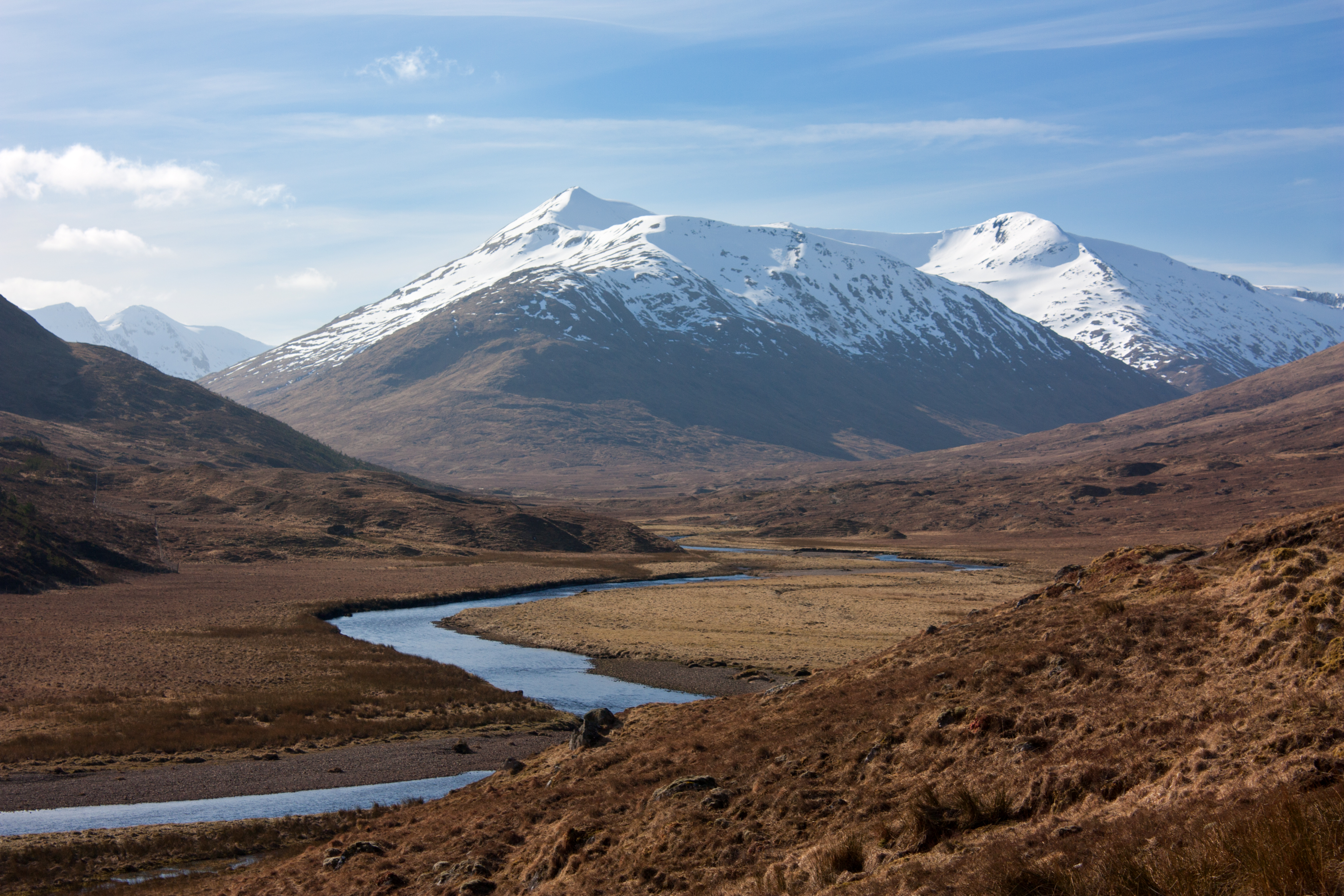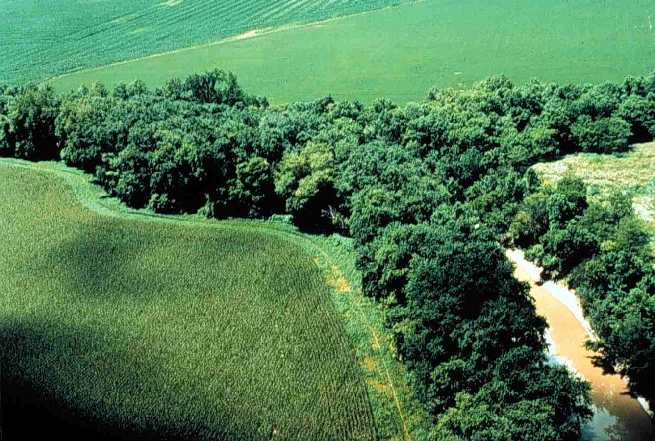|
Hispid Pocket Mouse
The hispid pocket mouse (''Chaetodipus hispidus'') is a large pocket mouse native to the Great Plains region of North America. It is a member of the genus ''Chaetodipus''. Distribution The hispid pocket mouse occurs across the Great Plains from southern North Dakota to central Mexico, and west from the Missouri River to the foot of the Rocky Mountains. It is not found in far-eastern portions of the states Kansas or Missouri. Description This mouse is one of the largest pocket mice. Its pelage is bristley (''hispidus'' means "bristley"), yellowish with black hairs interspersed above. It has a distinct, buffy lateral line and white underparts. Subspecies There are four recognized subspecies: *''Chaetodipus hispidus hispidus'' Baird, 1858:421. Type locality "Charco Escondido (Tamaulipas), Mexico, (24 leagues W. of Matamoros.)" *''Chaetodipus hispidus paradoxus'' Merriam, 1889:24. Type locality "Trego County, Kansas." (''latirostris'' Rhodes, ''conditi'' Allen are synonym ... [...More Info...] [...Related Items...] OR: [Wikipedia] [Google] [Baidu] |
Spencer Fullerton Baird
Spencer Fullerton Baird (; February 3, 1823 – August 19, 1887) was an American naturalist, ornithologist, ichthyologist, herpetologist, and museum curator. Baird was the first curator to be named at the Smithsonian Institution. He eventually served as assistant Secretary of the Smithsonian from 1850 to 1878, and as Secretary from 1878 until 1887. He was dedicated to expanding the natural history collections of the Smithsonian which he increased from 6,000 specimens in 1850 to over 2 million by the time of his death. He published over 1,000 works during his lifetime. Early life and education Spencer Fullerton Baird was born in Reading, Pennsylvania in 1823. His mother was a member of the prominent Philadelphia Biddle family; he was a nephew of Speaker of the Pennsylvania Senate Charles B. Penrose and a first cousin, once removed, of U.S. Senator Boies Penrose and his distinguished brothers, Richard, Spencer, and Charles. He became a self-trained naturalist as a young man, le ... [...More Info...] [...Related Items...] OR: [Wikipedia] [Google] [Baidu] |
Highland (geography)
Highlands or uplands are areas of high elevation such as a mountainous region, elevated mountainous plateau or high hills. Generally speaking, upland (or uplands) refers to ranges of hills, typically from up to while highland (or highlands) is usually reserved for ranges of low mountains. However, the two terms are sometimes interchangeable. Highlands internationally Probably the best-known area officially or unofficially referred to as ''highlands'' in the Anglosphere is the Scottish Highlands in northern Scotland, the mountainous region north and west of the Highland Boundary Fault. The Highland council area is a local government area in the Scottish Highlands and Britain's largest local government area. Other highland or upland areas reaching 400-500 m or higher in the United Kingdom include the Southern Uplands in Scotland, the Pennines, North York Moors, Dartmoor and Exmoor in England, and the Cambrian Mountains in Wales. Many countries and regions also have areas ... [...More Info...] [...Related Items...] OR: [Wikipedia] [Google] [Baidu] |
Oecologia
''Oecologia'' is an international peer-reviewed English-language journal published by Springer since 1968 (some articles were published in German or French until 1976). The journal publishes original research in a range of topics related to plant and animal ecology. Oecologia has an international focus and presents original papers, methods, reviews and special topics. Papers focus on population ecology, plant-animal interactions, ecosystem ecology, community ecology, global change ecology, conservation ecology, behavioral ecology and physiological ecology. Oecologia had an impact factor of 3.298 (2021) and is ranked 37 out of 136 in the subject category "ecology". Editorial Board As of December 2022, the journal has six editors in chief: * Carlos L. Ballaré (plant-microbe/plant-animal interactions), University of Buenos Aires, Argentina * Nina Farwig (terrestrial invertebrate ecology), University of Marburg, Germany * Indrikis Krams (terrestrial vertebrate ecology), Univers ... [...More Info...] [...Related Items...] OR: [Wikipedia] [Google] [Baidu] |
Pocket Gopher
Pocket gophers, commonly referred to simply as gophers, are burrowing rodents of the family Geomyidae. The roughly 41 speciesSearch results for "Geomyidae" on thASM Mammal Diversity Database are all endemic to North and Central America. They are commonly known for their extensive tunneling activities and their ability to destroy farms and gardens. The name "pocket gopher" on its own may refer to any of a number of genera within the family Geomyidae. These are the "true" gophers, but several ground squirrels in the distantly related family Sciuridae are often called "gophers", as well. The origin of the word "gopher" is uncertain; the French ''gaufre'', meaning waffle, has been suggested, on account of the gopher tunnels resembling the honeycomb-like pattern of holes in a waffle; another suggestion is that the word is of Muskogean origin. Description Gophers weigh around , and are about in body length, with a tail long. A few species reach weights approaching . Within any s ... [...More Info...] [...Related Items...] OR: [Wikipedia] [Google] [Baidu] |
Friable
Friability ( ), the condition of being friable, describes the tendency of a solid substance to break into smaller pieces under duress or contact, especially by rubbing. The opposite of friable is indurate. Substances that are designated hazardous, such as asbestos or crystalline silica, are often said to be friable if small particles are easily dislodged and become airborne, and hence respirable (able to enter human lungs), thereby posing a health hazard. Tougher substances, such as concrete, may also be mechanically ground down and reduced to finely divided mineral dust. However, such substances are not generally considered friable because of the degree of difficulty involved in breaking the substance's chemical bonds through mechanical means. Some substances, such as polyurethane foams, show an increase in friability with exposure to ultraviolet radiation, as in sunlight. Friable is sometimes used metaphorically to describe "brittle" personalities who can be "rubbed" by seemi ... [...More Info...] [...Related Items...] OR: [Wikipedia] [Google] [Baidu] |
Granivores
Seed predation, often referred to as granivory, is a type of plant-animal interaction in which granivores (seed predators) feed on the seeds of plants as a main or exclusive food source,Hulme, P.E. and Benkman, C.W. (2002) "Granivory", pp. 132–154 in ''Plant animal Interactions: An Evolutionary Approach'', ed. C.M. Herrera and O. Pellmyr. Oxford: Blackwell. . in many cases leaving the seeds damaged and not viable. Granivores are found across many families of vertebrates (especially mammals and birds) as well as invertebrates (mainly insects); thus, seed predation occurs in virtually all terrestrial ecosystems. Seed predation is commonly divided into two distinctive temporal categories, pre-dispersal and post-dispersal predation, which affect the fitness of the parental plant and the dispersed offspring (the seed), respectively. Mitigating pre- and post-dispersal predation may involve different strategies. To counter seed predation, plants have evolved both physical defenses (e ... [...More Info...] [...Related Items...] OR: [Wikipedia] [Google] [Baidu] |
Yucca
''Yucca'' is a genus of perennial shrubs and trees in the family Asparagaceae, subfamily Agavoideae. Its 40–50 species are notable for their rosettes of evergreen, tough, sword-shaped leaves and large terminal panicles of white or whitish flowers. They are native to the hot and dry (arid) parts of the Americas and the Caribbean. Early reports of the species were confused with the cassava (''Manihot esculenta''). Consequently, Linnaeus mistakenly derived the generic name from the Taíno word for the latter, ''yuca''. The Aztecs living in Mexico since before the Spanish arrival, in Nahuatl, call the local yucca species ('' Yucca gigantea'') , which gave the Spanish . is also used for '' Yucca filifera''. Distribution The natural distribution range of the genus ''Yucca'' (49 species and 24 subspecies) covers a vast area of the Americas. The genus is represented throughout Mexico and extends into Guatemala ('' Yucca guatemalensis''). It also extends to the north throug ... [...More Info...] [...Related Items...] OR: [Wikipedia] [Google] [Baidu] |
Cacti
A cactus (, or less commonly, cactus) is a member of the plant family Cactaceae, a family comprising about 127 genera with some 1750 known species of the order Caryophyllales. The word ''cactus'' derives, through Latin, from the Ancient Greek word (''káktos''), a name originally used by Theophrastus for a spiny plant whose identity is now not certain. Cacti occur in a wide range of shapes and sizes. Although some species live in quite humid environments, most cacti live in habitats subject to at least some drought. Many live in extremely dry environments, even being found in the Atacama Desert, one of the driest places on Earth. Because of this, cacti show many adaptations to conserve water. For example, almost all cacti are succulents, meaning they have thickened, fleshy parts adapted to store water. Unlike many other succulents, the stem is the only part of most cacti where this vital process takes place. Most species of cacti have lost true leaves, retaining only spines ... [...More Info...] [...Related Items...] OR: [Wikipedia] [Google] [Baidu] |
Forbs
A forb or phorb is an herbaceous flowering plant that is not a graminoid (grass, sedge, or rush). The term is used in biology and in vegetation ecology, especially in relation to grasslands and understory. Typically these are dicots without woody stems. Etymology The word "forb" is derived from Greek ''phorbḗ'' (), meaning "pasture" or "fodder". The Hellenic spelling "phorb" is sometimes used, and in older usage this sometimes includes graminids and other plants currently not regarded as forbs. Guilds Forbs are members of a guilda group of plant species with broadly similar growth form. In certain contexts in ecology, guild membership may often be more important than the taxonomic relationships between organisms. In informal classification In addition to its use in ecology, the term "forb" may be used for subdividing popular guides to wildflowers, distinguishing them from other categories such as grasses, sedges, shrubs, and trees. Some examples of forbs are clovers, ... [...More Info...] [...Related Items...] OR: [Wikipedia] [Google] [Baidu] |
Riparian
A riparian zone or riparian area is the interface between land and a river or stream. Riparian is also the proper nomenclature for one of the terrestrial biomes of the Earth. Plant habitats and communities along the river margins and banks are called riparian vegetation, characterized by hydrophilic plants. Riparian zones are important in ecology, environmental resource management, and civil engineering because of their role in soil conservation, their habitat biodiversity, and the influence they have on fauna and aquatic ecosystems, including grasslands, woodlands, wetlands, or even non-vegetative areas. In some regions, the terms riparian woodland, riparian forest, riparian buffer zone, riparian corridor, and riparian strip are used to characterize a riparian zone. The word ''riparian'' is derived from Latin '' ripa'', meaning "river bank". Characteristics Riparian zones may be natural or engineered for soil stabilization or restoration. These zones are important ... [...More Info...] [...Related Items...] OR: [Wikipedia] [Google] [Baidu] |
Prairie
Prairies are ecosystems considered part of the temperate grasslands, savannas, and shrublands biome by ecologists, based on similar temperate climates, moderate rainfall, and a composition of grasses, herbs, and shrubs, rather than trees, as the dominant vegetation type. Temperate grassland regions include the Pampas of Argentina, Brazil and Uruguay, and the steppe of Ukraine, Russia and Kazakhstan. Lands typically referred to as "prairie" tend to be in North America. The term encompasses the area referred to as the Interior Lowlands of Canada, the United States, and Mexico, which includes all of the Great Plains as well as the wetter, hillier land to the east. In the U.S., the area is constituted by most or all of the states of North Dakota, South Dakota, Nebraska, Kansas, and Oklahoma, and sizable parts of the states of Montana, Wyoming, Colorado, New Mexico, Texas, Missouri, Iowa, Illinois, Indiana, Wisconsin, and western and southern Minnesota. The Palouse of Washington and ... [...More Info...] [...Related Items...] OR: [Wikipedia] [Google] [Baidu] |
Gram
The gram (originally gramme; SI unit symbol g) is a unit of mass in the International System of Units (SI) equal to one one thousandth of a kilogram. Originally defined as of 1795 as "the absolute weight of a volume of pure water equal to the cube of the hundredth part of a metre melting ice", the defining temperature (~0 °C) was later changed to 4 °C, the temperature of maximum density of water. However, by the late 19th century, there was an effort to make the Base unit (measurement), base unit the kilogram and the gram a derived unit. In 1960, the new International System of Units defined a ''gram'' as one one-thousandth of a kilogram (i.e., one gram is Scientific notation, 1×10−3 kg). The kilogram, as of 2019, is defined by the International Bureau of Weights and Measures from the fixed numerical value of the Planck constant (), which is kg⋅m2⋅s−1. Official SI symbol The only unit symbol for gram that is recognised by the International S ... [...More Info...] [...Related Items...] OR: [Wikipedia] [Google] [Baidu] |







.jpg)